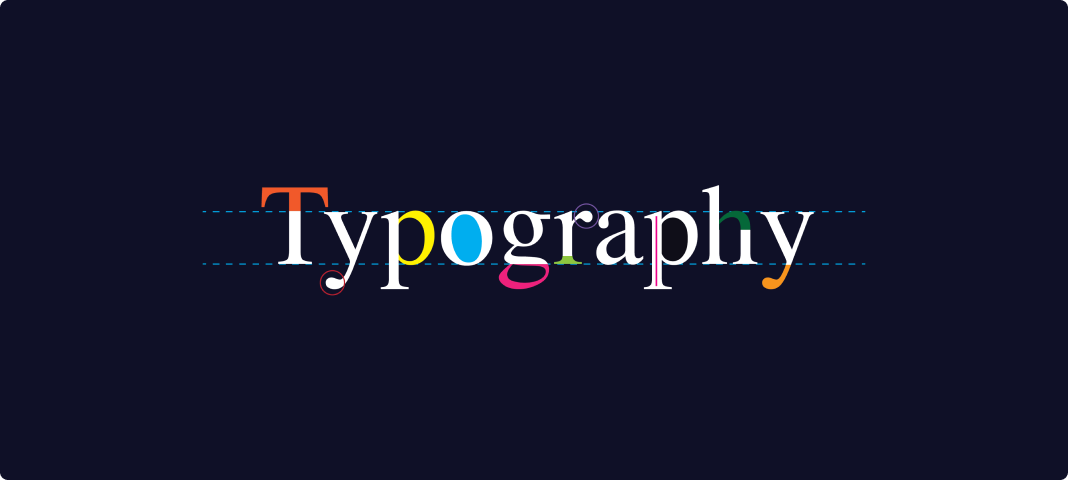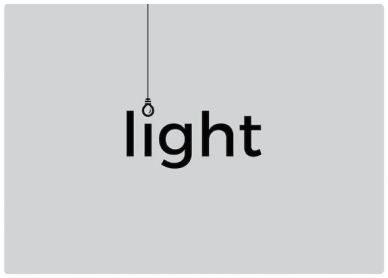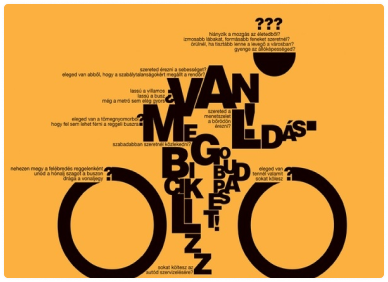Blogs
User-Centered Design: How Typography And Typeface Design Shapes Experiences

Author
Date
Category
Follow us
Influencing User Narrative With Typography
Typography and typeface design are the unsung heroes of the visual world, quietly influencing a user’s perception and understanding of written content in countless ways. They represent the art and science of crafting fonts, letters, and characters that go far beyond mere aesthetics. Typography plays a pivotal role in shaping our communication, influencing user experiences, and evoking emotions. Typography has two functions; to improve legibility and to help communicate a design piece's meaning and tone.
"Typography and typeface design are the silent storytellers in the world of words, shaping the narratives of our lives with every letter, curve, and stroke."
Understanding the intricacies of typography and typeface design is indeed essential for a wide range of professionals, including designers, writers, and anyone involved in content creation. Typography plays a pivotal role in conveying the messages effectively and enhancing the overall aesthetic appeal of textual content. Mastering typography is a valuable skill that can boost one's ability to engage with audiences.
What is Typography and Typeface Design?
Typography encompasses the arrangement and design of text, making it legible, readable, and visually appealing. Every aspect, from font choice and size to spacing and line height, contributes to the overall readability and impact of the text. Typeface design, on the other hand, delves into the creation of fonts themselves. Typeface designers, often referred to as typographers or font designers, meticulously craft individual characters and their variations to create cohesive, harmonious typefaces. They balance the aesthetics, functionality, and cultural context to produce fonts for specific purposes and audiences.
Typeface design goes beyond choosing between serif and sans-serif fonts. It entails understanding the subtle nuances of the letter forms, such as the stroke width, x-height, and the overall proportion of each character. These elements can convey distinct feelings and associations to readers. For an instance, a bold, slab-serif typeface might evoke a sense of strength and reliability, which is useful for a corporate logo, while a flowing script font could convey elegance and grace, that is ideal for wedding invitations.



The Present Status of Typography and Typeface
In today's digital age, typography and typeface design have gained even more significance. The variety of platforms and devices on which content is consumed demands for adaptable and responsive type. Designers must consider legibility on various screen sizes and resolutions, making choices about font families and sizes that ensure a seamless reading experience. Even branding and identity design often hinge on the selection or customization of typefaces to convey a unique personality.
Typography and Typeface design are the unsung heroes of visual communication, having an immense influence over how we perceive and interact with written content. They involve a careful consideration of aesthetics, functionality, and cultural context. As technology continues to shape the way we take in content, the role of typography and typeface design in enhancing readability and conveying emotions will remain important in the world of design and viual communication.




